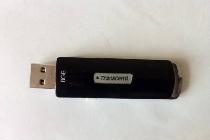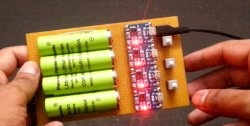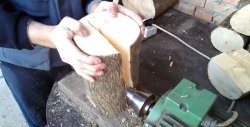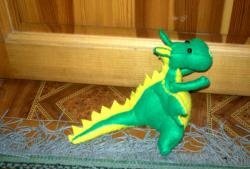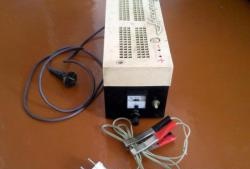A little history, of course, needs to be told. The first theremin was created in 1908 by the Russian scientist and musician Theremin, which is where it got its name. The principle of operation is simple: depending on the lighting, the device makes peculiar sounds. Thus, it can be considered the first musical electric instrument.

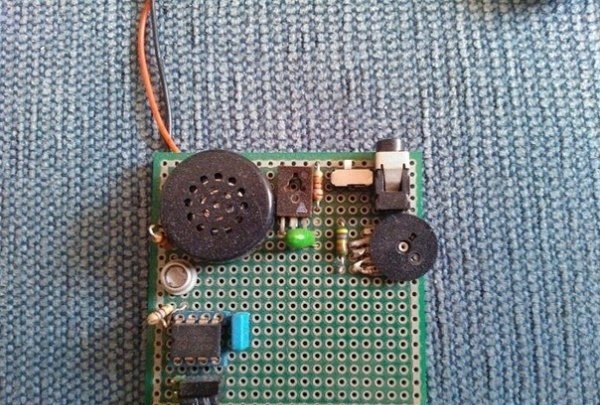
What my father made cannot be called a real theremin, most likely it is a toy with a photoresistor, but it is still interesting. This is due to the fact that the output sound is polyphonic, while Theremin’s theremin was single-voiced.
Making this miracle device is not very complicated. All you need to do is go to the nearest radio store and buy all the necessary parts, and their price, to be honest, is not that high. Or you can disassemble your old Chinese tape recorder, where you will find half the parts.
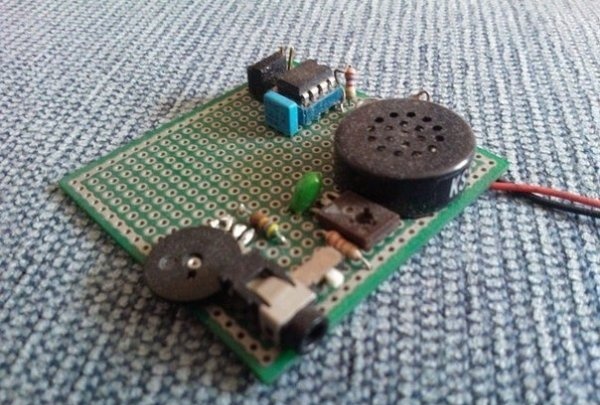
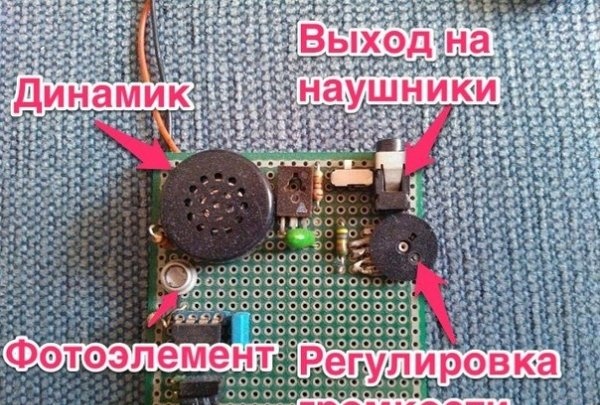
For ease of soldering and manufacturing, it is better to buy a prototype printed circuit board. Simply the process of drawing the tracks and then etching them will take an indefinite period of time.A ready-made breadboard will speed up the process and you can make this device yourself literally in the evening.
Because This is not his own invention, he worked according to this scheme, and, of course, modernized it a little so that the device worked better and looked modern. An audio output, on/off button and volume control have been added to the device.
This device operates on the basis of a 555 microcircuit, or as it is also called a “timer”.
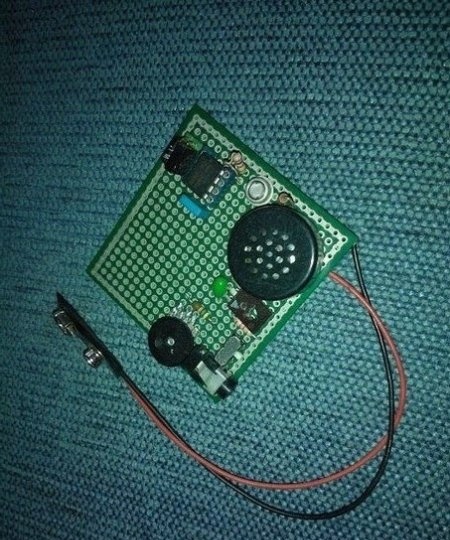
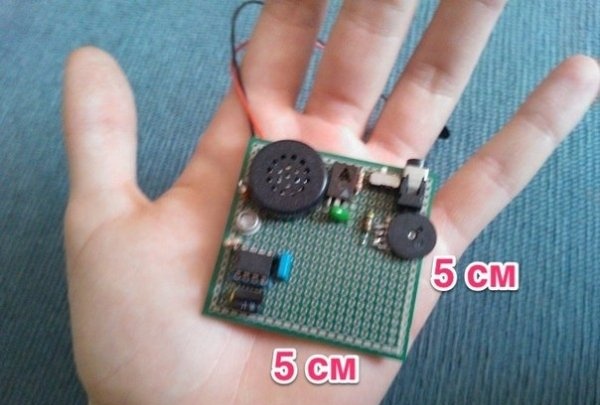
The pitch of the tone is modulated using a photoresistor. It all depends on the lighting in the room. By moving your hand you either close or open the light from reaching the photoresistor. This device runs on a regular Krona battery.


